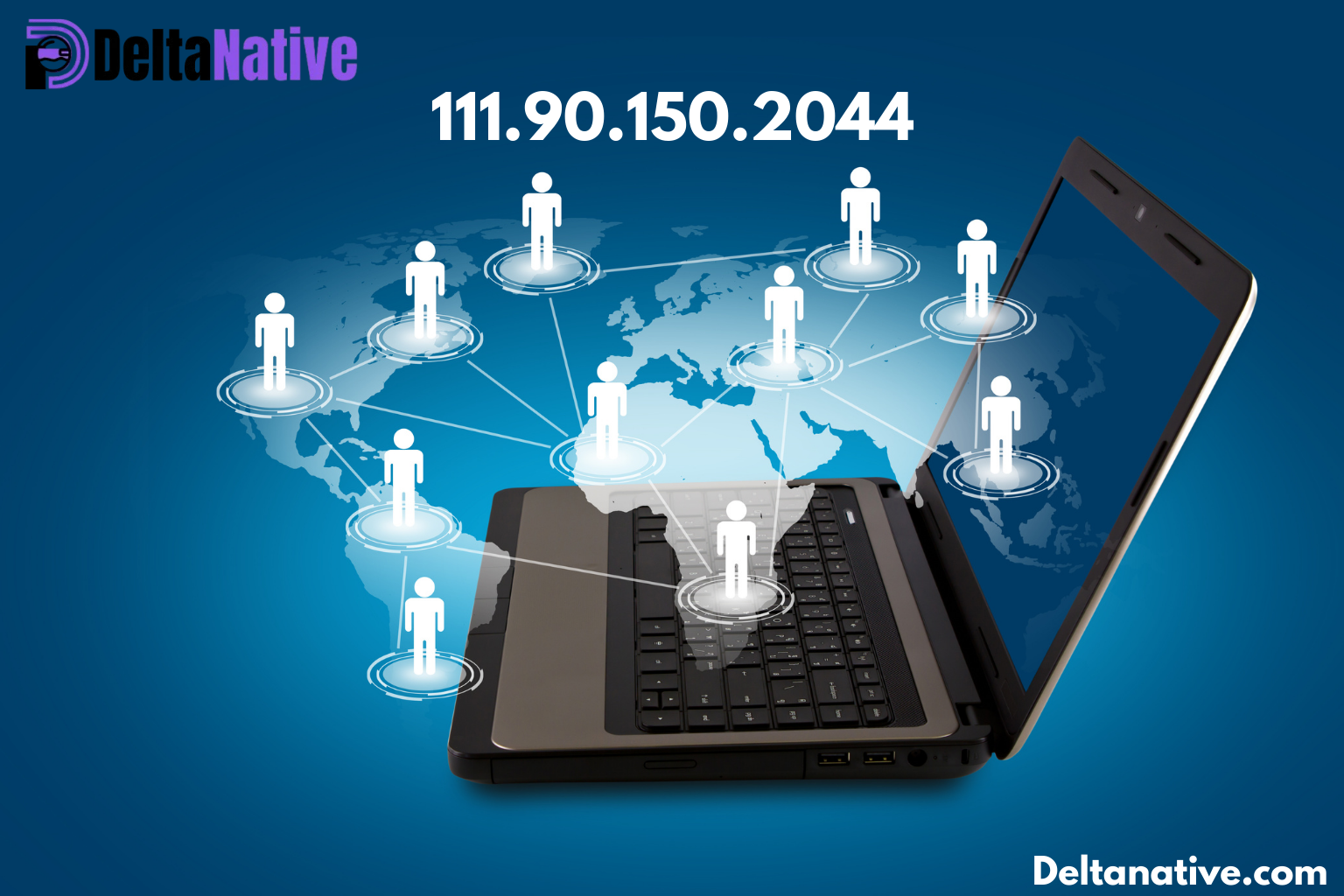Introduction
When dealing with networking, cybersecurity, or online investigations, IP addresses play a crucial role in identifying systems and locations. Recently, queries around the string 111.90.150.2044 have surfaced online. At first glance, it looks like an IP address, but is it valid? What does it represent? And why does it appear in discussions about networking and hosting?
In this article, we’ll break down what 111.90.150.2044 means, clarify its validity, and guide you through the correct interpretation. We’ll also explain related concepts such as IPv4 addresses, port numbers, and server hosting—all while keeping things simple and easy to understand.
What is 111.90.150.2044?
The number 111.90.150.2044 is often mistaken for an IPv4 address. However, a standard IPv4 address contains four octets (numbers separated by dots), and each number must range from 0 to 255.
- A valid IPv4 example:
111.90.150.204 - An invalid IPv4 example:
111.90.150.2044(the last segment “2044” exceeds 255)
This means that 111.90.150.2044 is not a valid IP address. Instead, it may be:
- A typo where the correct IP is
111.90.150.204. - An IP with a port number appended incorrectly (e.g.,
111.90.150.204:44). - A placeholder string used in blogs or malware databases to confuse automated systems.
Also Read: Mozillod5.2f5 Loading Issues: Causes, Fixes, and Prevention Guide
Breaking Down IP Address Structure
IPv4 Format
- Consists of four groups of numbers separated by dots.
- Each group is called an octet, ranging from 0–255.
- Example:
192.168.1.1
IPv6 Format
- Newer standard, using alphanumeric combinations.
- Example:
2001:0db8:85a3:0000:0000:8a2e:0370:7334
Why 111.90.150.204 is Valid
- Belongs to a block registered to Shinjiru Technology Sdn Bhd (a Malaysian hosting provider).
- Used for web hosting, proxy servers, and VPN services.
- Has appeared in IP reputation and abuse databases, often flagged for suspicious activity.
Possible Interpretations of 111.90.150.2044
- Typographical Error
- Someone intended to write
111.90.150.204but accidentally added an extra digit.
- Someone intended to write
- IP with Port Notation
- Sometimes ports are added with a colon (e.g.,
111.90.150.204:2044). - Port 2044 could indicate a specific service running on that server.
- Sometimes ports are added with a colon (e.g.,
- Malware / Spam Listing Format
- Some malware trackers intentionally list “wrong” addresses like
111.90.150.2044to prevent direct accidental access.
- Some malware trackers intentionally list “wrong” addresses like
Step-by-Step Guide: How to Verify an IP Address
If you ever come across an address like 111.90.150.2044, here’s how to check it:
Step 1: Check Validity
- Confirm if the last octet is within 0–255.
- If not, it’s invalid.
Step 2: Correct Possible Mistakes
- If you suspect a typo, adjust it (e.g.,
111.90.150.204).
Step 3: Run an IP Lookup
- Use tools like Whois, db-ip.com, or AbuseIPDB to find ownership and location.
Step 4: Scan for Ports (Advanced Users)
- If you think it includes a port (e.g., 2044), use nmap to check open services.
Step 5: Apply Cybersecurity Caution
- If the IP shows up in suspicious contexts, treat it as potentially risky or malicious.
Why This Matters in Cybersecurity
Invalid IP strings like 111.90.150.2044 often appear in:
- Phishing campaigns to confuse users.
- Spam blacklists to avoid direct access.
- Typos in configurations, leading to failed connections.
Understanding how to spot and correct these errors is crucial for network admins, cybersecurity analysts, and even regular users troubleshooting connectivity.
Also Read: Ztec100.com Tech: A Complete Guide to This AI-Driven Health and Insurance Platform
Conclusion
The string 111.90.150.2044 is not a valid IP address. Instead, it’s likely a typo, a port-appended address written incorrectly, or a placeholder used in malware reports. The correct and valid form is 111.90.150.204, an IP linked to hosting services in Malaysia.
Knowing how to validate and interpret IP addresses helps prevent mistakes, improves cybersecurity awareness, and ensures smoother networking operations. Always verify suspicious addresses, especially if they appear in logs, emails, or security alerts.
FAQs
1. Is 111.90.150.2044 a real IP address?
No, it’s invalid because the last segment “2044” is outside the allowed range (0–255).
2. What is the correct IP address?
It is most likely a typo of 111.90.150.204, which belongs to Shinjiru Technology in Malaysia.
3. Could 111.90.150.2044 be an IP with a port number?
Yes, it may have been intended as 111.90.150.204:2044, where 2044 is the port.
4. Why does this IP show up in abuse databases?
The valid IP 111.90.150.204 has been flagged for hosting proxies and suspicious traffic, hence it appears in security reports.
5. How can I check if an IP is safe?
Use tools like AbuseIPDB, Whois Lookup, and VirusTotal to verify reputation and activity history.

